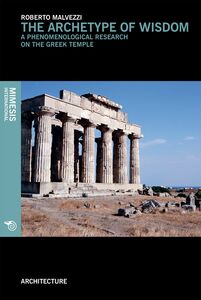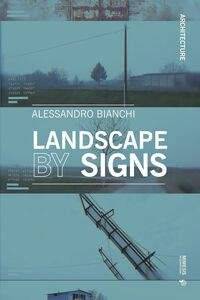
This book analyzes the rise of the earliest Greek temples through an innovative phenomenological approach, in which lived experiences are assumed as key tools of investigation. Accordingly, much space is dedicated to exploring the connections that tied the Greeks to their surroundings environment, by surviving records of Greek religion, poetry, art, philosophy and architecture from the archaic times. This framework sheds a new light on the relationship between ‘human’ and ‘divine’ in the ancient Greek world, suggesting that the archetypal structure of temple was devised to facilitate a particular kind of experience, that of the Divine. Such an experience produced a break from ordinary and profane life, allowing a special awareness to be gained. The findings and method of this book enable us to bridge the gap between our present days and that distant era, rediscovering our ancient past as an endless source of inspiration.
Dettagli libro
-
Editore
-
Testo originale
Sì -
Lingua
Inglese -
Data di pubblicazione
-
Collana
Sull'autore
Roberto Malvezzi
Roberto Malvezzi (Italy, 1977) is an architect and PhD in civil engineering, with a solid background in humanistic studies. He is active in the fields of urban design and regeneration, involving also issues such as development processes and systemic innovation. He found in the phenomenological tradition a place where to merge his interests for science and humanities; since then, he considers his profession as a sort of applied research, and committed himself to investigate the theme of space in architecture and urbanism through the interpretative keys of phenomenology.




